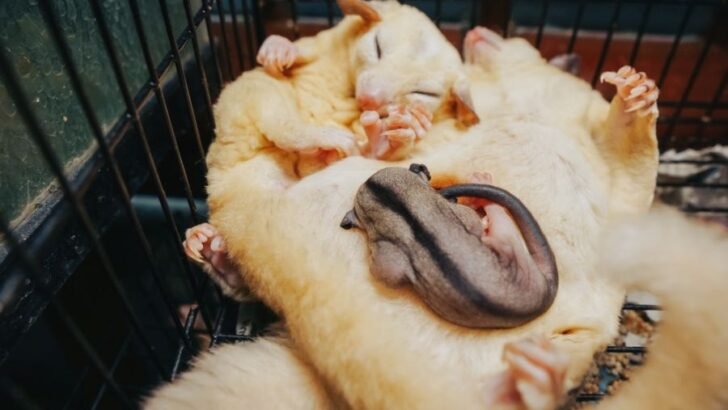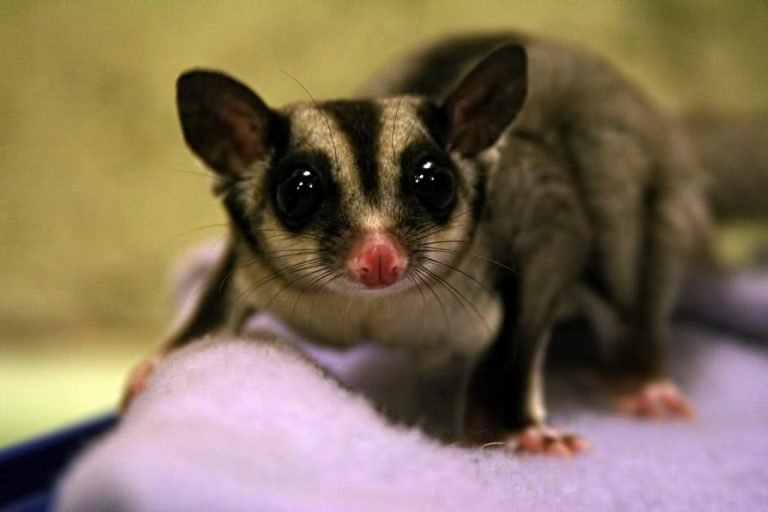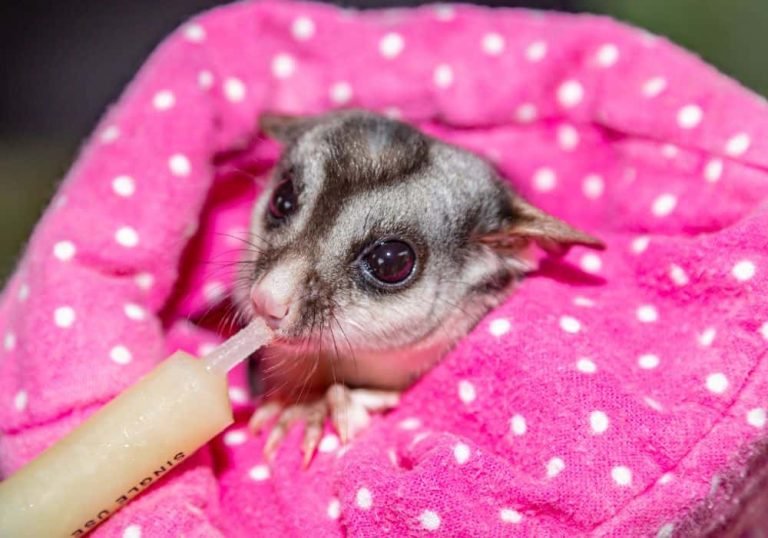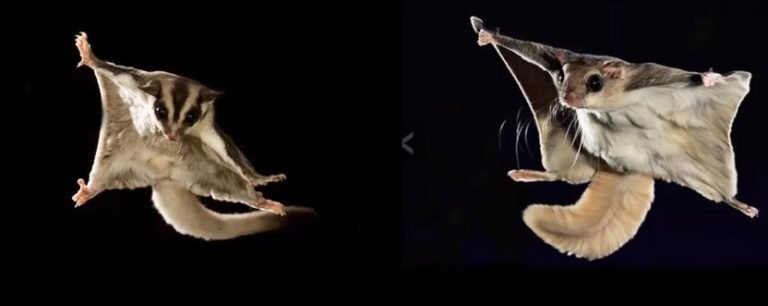How To Breed Sugar Gliders
Breeding sugar gliders can be a rewarding and enjoyable experience for those who are passionate about these adorable marsupials. Whether you are looking to expand your glider family or want to start a breeding program, it is important to have a solid understanding of their breeding habits, care requirements, and the responsibilities that come with it. In this article, we will dive into the ins and outs of breeding sugar gliders, providing you with a comprehensive guide to ensure the health and happiness of your gliders.
Before we delve into the details of breeding sugar gliders, it is important to note that breeding should only be undertaken by experienced and responsible owners. Breeding sugar gliders requires a significant commitment of time, resources, and knowledge. It is crucial to ensure that you have the necessary expertise and resources to care for the gliders and their offspring throughout their lives.
Understanding Sugar Glider Reproduction
Mating Habits
Sugar gliders are social animals and typically mate for life. They form strong bonds with their partners, and breeding should always be done with consideration for the wellbeing of the gliders involved. If you are planning to breed sugar gliders, it is essential to have compatible pairs. Introducing gliders with differing temperaments or that are not bonded can lead to stress and even aggression.
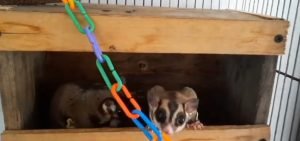
It is also important to note that female sugar gliders can enter their first estrus cycle as early as four to six months old, while males can start breeding at around six to eight months old. However, it is generally recommended to wait until they reach maturity, which is around one year old, before breeding.
The Breeding Process
When sugar gliders are ready to mate, the male will exhibit courting behaviors such as scent marking, tail wagging, and vocalizations. The female, in turn, will respond by becoming receptive, displaying her availability through her posture and behavior. Once mating occurs, the female’s gestation period lasts approximately 16 to 17 days.
After giving birth, the female will carry her offspring, known as joeys, in her pouch for approximately 60 to 70 days. During this time, it is crucial to provide the mother with a nutritious diet and a stress-free environment to ensure the healthy development of the joeys. After they leave the pouch, the joeys will continue to nurse from their mother for several weeks before transitioning to solid food.
Caring for Sugar Glider Joeys
Caring for sugar glider joeys requires diligence and proper knowledge. The joeys are completely reliant on their mother for warmth, protection, and nourishment. It is crucial to provide a safe and suitable nesting environment for both the mother and her joeys.
Offering a well-balanced diet is essential for the development of the joeys. As they grow, they will gradually start exploring solid foods and should be introduced to a varied diet of fruits, vegetables, insects, and a reputable commercial sugar glider pellet. Consult with a veterinarian who specializes in exotic animals for guidance on the appropriate diet for your glider joeys.
Creating the Ideal Breeding Environment
Cage Setup
Creating a suitable breeding environment for sugar gliders involves providing a spacious and enriching cage. Sugar gliders are active climbers, so a tall cage with plenty of vertical space is essential. Wire cages with narrow spacing are ideal to prevent the gliders from escaping or getting stuck.
It is important to provide a variety of perches, branches, and toys for the gliders to climb on and explore. Adding nesting boxes or pouches will give the gliders a cozy place to sleep and raise their joeys. Ensure that the cage is kept clean at all times and provide a proper ventilation system to maintain good air quality.
Diet and Nutrition
A balanced diet is crucial for the health and reproductive success of sugar gliders. Their diet should consist of a mix of fresh fruits, vegetables, a high-quality protein source, and a reputable commercial sugar glider pellet. It is essential to consult with a veterinarian who specializes in exotic animals to ensure that you are meeting the specific nutritional needs of breeding sugar gliders.
Supplementing their diet with calcium and multivitamin supplements is also recommended, as these nutrients are essential for the gliders’ overall health and breeding success.
Temperature and Lighting
Maintaining appropriate temperature and lighting conditions is vital for the wellbeing and reproductive success of sugar gliders. The ideal temperature range for sugar gliders is between 72°F and 82°F (22°C and 28°C). Avoid exposing the gliders to extreme temperatures, as it can negatively impact their health and breeding abilities.
Providing a natural light cycle is also essential. Sugar gliders require exposure to natural daylight to regulate their internal clock and maintain their reproductive rhythms. If natural sunlight is not available, you can use full-spectrum lighting to mimic sunlight and promote the gliders’ wellbeing.
Frequently Asked Questions
1. How many joeys do sugar gliders have?
Sugar gliders typically give birth to one to two joeys per breeding cycle. However, in some cases, they may have up to four joeys. The number of joeys can vary depending on factors such as the gliders’ health, age, and genetics.
2. At what age can sugar gliders start breeding?
Female sugar gliders can enter their first estrus cycle between four to six months of age, while males can start breeding at around six to eight months old. However, it is generally recommended to wait until they reach maturity, which is around one year old, before breeding.
Final Thoughts
Breeding sugar gliders can be a fascinating and rewarding experience for those who are passionate about these unique creatures. However, it is essential to approach breeding with caution and responsibility. Proper knowledge, commitment, and resources are necessary to ensure the health and wellbeing of the gliders and their offspring.
Always prioritize the welfare of the gliders when considering breeding, and consult with experienced breeders or veterinarians who specialize in exotic animals for guidance. By providing a conducive breeding environment, offering a balanced diet, and practicing responsible breeding practices, you can help contribute to the preservation and well-being of these remarkable marsupials.

